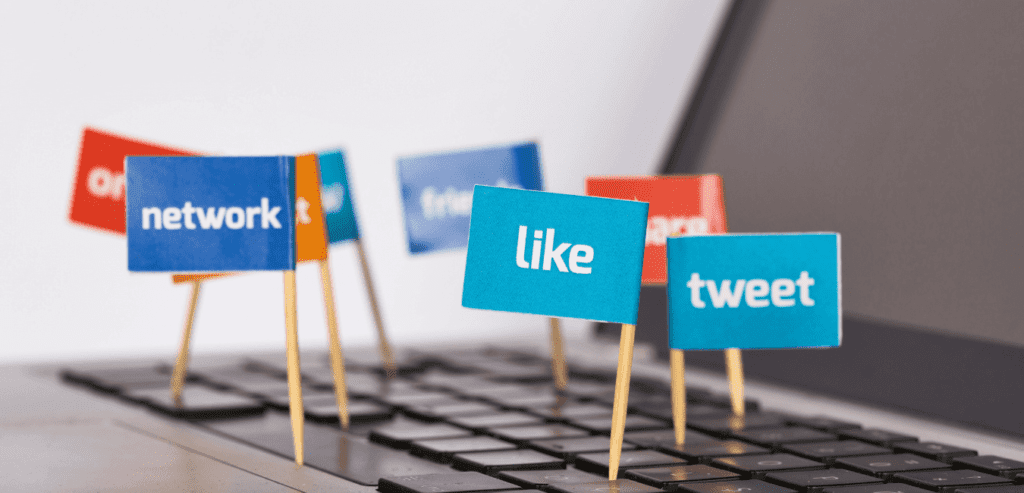Socks strewn about your home are more difficult to find than those paired nicely in a drawer. Likewise, knowing how to build a better resource site for your organization can save your audience from chaos when seeking information. Having a well-constructed resource site is like providing your audience with an orderly sock drawer filled with helpful resources about your organization’s products and services that they can use every day if they need to. This post explains how to build a better resource site.
Why a Resource Site is Important
The benefits of a resource site go beyond the organization and appearance of your content. Resource sites serve your audience with the information they need in one place. And they make you an authority in your area.
Ways resource sites are beneficial include:
- Education. A resource site educates your audience about your organization’s goals and services and how you can help them. Providing a resource site helps establish your organization as a thought leader in your field, building trust with your audience.
- Attracts Leads. The overall goal of your resource site is to serve people with information and identify other ways to help them. It’s crucial to be helpful and fuel a desire within your audience to seek more from your organization.
- Boosts Quality. Establishing a resource site can help decipher your goals and narrow your focus. When you understand why you’re creating specific content, it often brings more clarity – and quality – to the information you’re sharing.
- Encourages Sharing. People want to share valuable content. If your information is useful, they’re likely to share it with others you can help.
How to Build a Better Resource Site
You want to provide those you serve with resources that will help them. But how do you build a great resource site to give them the information they need in one place? Here’s our advice.
Gather and Organize All Your Content
Before you create a hub from scratch, get a lay of the land. You need to know what you have before you can decide how best to put it together to help others. This approach means performing a content audit of your existing resources. We suggest creating a spreadsheet that includes the following, plus any other information that might be helpful:
- Resource title
- Topic/audience segmentation
- URL
- SEO keyword(s)
- Internal links
- Accessibility assessment
- Views and other critical metrics
From there, look at the data and notice any trends. Determine which content is most popular, and infer why. Decide which audience profile segmentations would benefit from more targeted information. Is each resource accessible to persons of all abilities?
Once you understand more about your existing resources, you can make edits, considering how each piece fits into the overall direction of your resource site. These changes could mean simply editing the resource’s keyword and URL, or it may call for an overhaul of the entire piece. An audit can also bring clarity when assessing your needs for future content.
Create a Resource Hub
Creating a resource hub means giving your resources a home. Resources include blog posts, white papers, webinar recordings, and any other information that’s valuable to your audience. A simple “resources” tab and menu on your website can serve as a sufficient container.
Be sure to organize your content in a way that makes sense. Resources should be easy to find and consumable, based on the subject matter. There should be no room for confusion.
Set a Content Structure
When configuring your resource site, consider how you can be most helpful. Your resource site should guide your audience’s journey. The resources directly highlighted to your resource center are top-of-the-funnel content, building awareness of your products and services, and increasing traffic.
From there, middle-of-funnel marketing educates your audience through your resources, showing products and services that are valuable and beneficial. Think about the pain points of those exploring each resource. Which product or service would be most helpful?
Your audience is informed of the solution to their pain point in bottom-of-funnel content, where hopefully a conversion occurs. Be sure to put yourself in their shoes when crafting your Call-to-Action and linking to other relevant pages.

Allow for Social Sharing
People share content for various reasons, including bringing value and entertainment to others. Be sure to make it easy for your audience to share your content by including “share” buttons. Sharing helps expand your reach by introducing your resources to those in your audience’s networks.
Promote
You want to make sure the people who need them are aware of the resources you gather. For your resource site to be most effective and provide the most value, it’s wise to promote it.
Consider including CTAs leading people to the resource site on:
- Homepage
- Product/services pages
- Individual blog posts
- Email signatures
- Donation thank you pages
Be sure also to educate your staff and volunteers about your resource site. As your biggest advocates, they can help direct your audience to it.
Moving Forward
Creating a landing page for your content is just the first step in building a better resource site. Once you create it, careful curation is key.
Keep all content up to date, making edits as necessary. These edits include updating any relevant SEO keywords.
It’s also key to measure the success of the overall resource site, sub-sites, and individual resources. Understanding how your audience discovers the resources and knowing their demographics, needs, and desires will only strengthen your ability to serve them in the future.
How Causelabs Can Help
Building a better resource site is one piece of how CauseLabs can help you to serve even more people. We take a human-first approach to website design. High-quality, impactful web design can be the key to growing your nonprofit, helping your users, and filling gaps in your community. We can help you grow a more positive impact, while you stay focused on your mission.
To understand how to build a better resource site, take the time to carefully plan. Your audience and their needs have to be at the forefront. Consider how you can answer their questions and suggest solutions to their pain points through content. Keeping up with your resource site by adding new content can help you continue to build awareness at the top of your funnel.
By providing a hub for education, you can establish yourself as a thought leader, gaining the trust and respect of your audience. And you’ll be able to help more people. Contact CauseLabs today to build a resource site that helps your organization better serve others.

